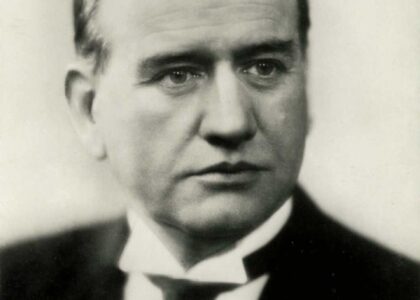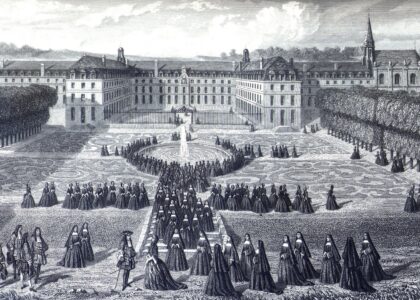Welcome to the Moorefield Historic District, a tapestry of American history woven through time. Chartered in October 1777, Moorefield stands as the fourth-oldest town in West Virginia, named after Conrad Moore, who owned the land upon which the town was laid out. This historic district is rich with stories of early settlers, native tribes, and pivotal moments in American history.
In the mid-18th century, the area was a bustling hub for Native American tribes, including the Shawnee, who were drawn to the fertile lands along the Potomac River. The very ground you’re standing on was once part of an extensive network of native trade routes, vital for the exchange of goods and culture.
As European settlers began to arrive, conflicts arose, particularly during the French and Indian War. Moorefield was strategically important, with Fort Buttermilk and Fort Pleasant built to protect the settlers. These fortifications witnessed skirmishes with Native American warriors, such as the Battle of the Trough, where soldiers clashed with Shawnee forces.
During the American Civil War, Moorefield saw action as a site of a cavalry engagement between Union and Confederate forces. In August 1864, General William W. Averell’s Union troops routed Confederate General John McCausland’s forces in a battle that was part of the larger Valley Campaigns of 1864.
Moorefield’s history is also marked by its agricultural roots. The town’s economy has long relied on farming, particularly the poultry industry, earning it the title of the Poultry Capital of West Virginia. This economic focus has shaped the town’s development and identity over the years.
Notable figures have left their mark here, including the Confederate McNeill’s Rangers, who operated in the area during the Civil War. The town has also hosted various annual events, such as the West Virginia Poultry Festival and Hardy County Heritage Weekend, which celebrate its rich cultural and historical heritage.
Today, Moorefield continues to preserve its past while embracing the future. With its historic homes and buildings, the town offers a glimpse into the architectural styles of the late 18th and early 19th centuries, showcasing vernacular adaptations of Federal and Greek Revival styles.
As you explore the Moorefield Historic District, imagine the stories of those who walked these streets before you, shaping the town into what it is today.





